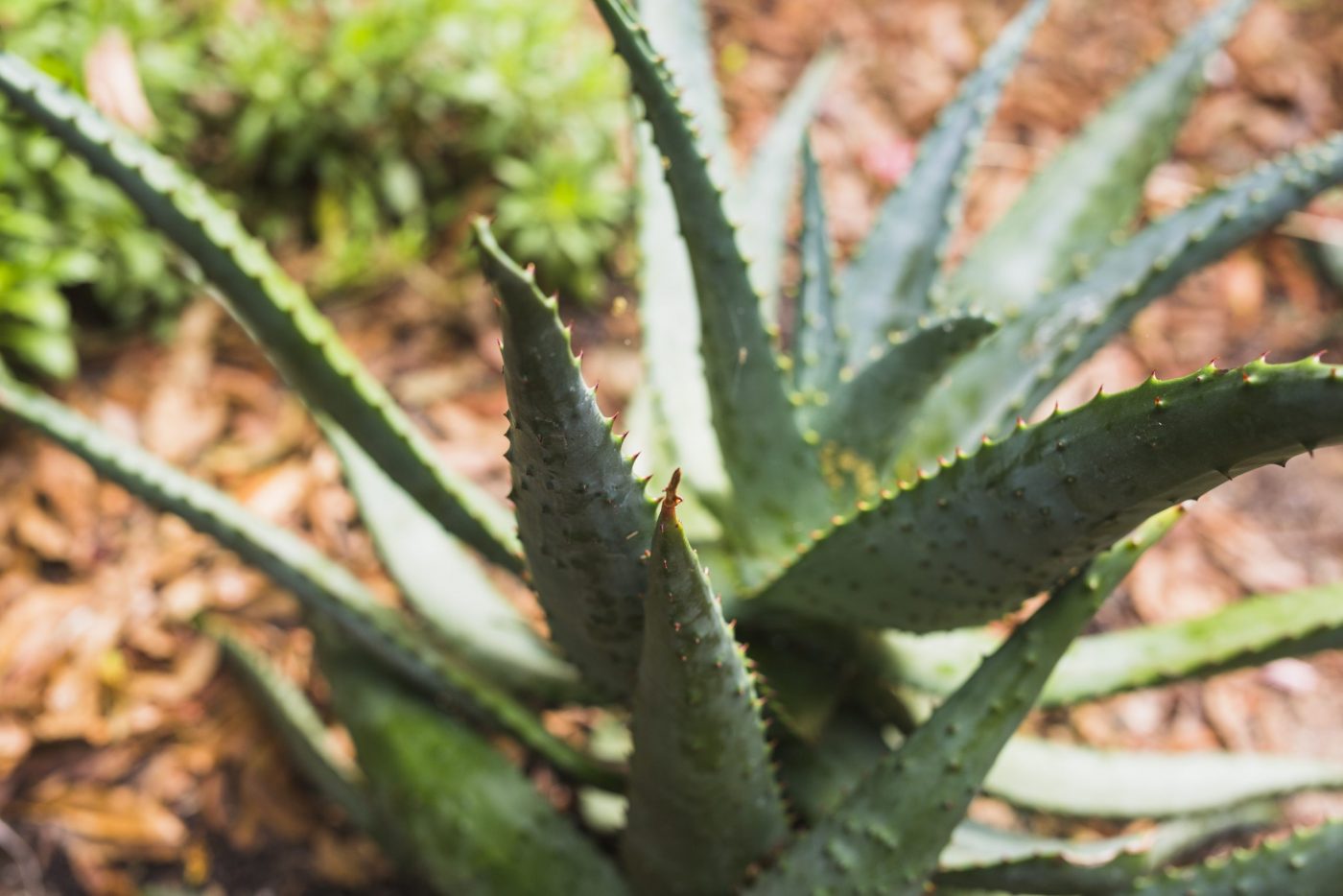How Do You Know Methanol Vs Ethanol
Don your white lab coats, dust off your beakers and slip on your protective goggles – information technology's time to go scientific. By Adam Devermann.
Nosotros recently tackled the question of whether or not spirits really impale germs; as well sharing how some distilleries are now producing ethanol-based sanitisers. In this piece, we're pulling you lot deeper into the science of alcohol with an article from Issue 23 of Drink Magazine.
Ethanol, or ethyl alcohol, is the technical proper name for what most of us just refer to every bit "booze." Information technology is the most ordinarily used member of the booze family (chemicals that end in "-ol"), and is volatile, flammable and maintains a strong odour. For you geeks, the molecular formula is CH3CH2OH. Beer, vino and spirits all comprise varying amounts of ethanol intended for human consumption, though the well-nigh common use for ethanol is actually every bit a fuel additive. Other industrial uses include the manufacture of solvents, plastics, drugs, perfumes, anti-bacterial gels and cosmetics.
Methanol, meanwhile, is the simplest type of alcohol and is also referred to equally "wood booze." The molecular formula is CHthreeOH. Chemists draw it as calorie-free, volatile, flammable, slightly sugariness and having a pungent odour. I would not recommend tasting it or fifty-fifty getting it virtually your skin because in quantities as small as 10ml it tin cause blindness and just under 100ml will kill y'all. Despite the danger, methanol is a highly traded commodity. Up to 40 percent is used to make other chemicals such every bit formaldehyde, which in turn is used to produce numerous products such every bit plastics, paints, textiles, dyes, adhesives, anti-freeze and fuel. It is even present in trace amounts in the temper – and in all our honey spirits.
Perhaps the most well-known example is tequila. Methanol is a natural by-product of making tequila, and according to Mexican law information technology must actually incorporate methanol. The minimum amount required is 0.three chiliad/Fifty (grams/Litre) and the maximum allowed is 3g/Fifty. Ane hundred percent agave tequilas generally have the highest levels of methanol while mixtos accept significantly less. This can cause issues with tequila arriving in China as the government has set the bar for the maximum corporeality of methanol immune in spirits non made from grain at 2g/50. This is the main reason for the lack of quality tequilas in China.

The methanol in tequila is present for a number of reasons including the strains of yeast used, though the main culprit is the natural pectin found in the agave constitute. Only despite the Chinese regulations, methanol is not unique to tequila. Methanol tin can be constitute in numerous other beverages. Ane case is wine, particularly red, which generally contains low levels of methanol, though they can contain as much as tequila. The International Organization of Vine and Vino (OIV) sets the same maximum methanol standard of 3g/L equally the Mexican regime. Brandy and beer too contain depression levels of methanol; even orange juice and java are offenders – although even extreme consumers of orangish juice (2 litres per day) will accept less than the maximum advised daily intake of 600mg of methanol, as set past the United kingdom Section of Health.
Methanol does however have a darker side. Since it is less expensive than ethanol and readily available, decadent manufacturers of fake spirits will often utilise it as an additive, oftentimes in fatal amounts. Cases of methanol poisonings due to dubious bottles happen around the world. In September 2012, as many as 25 people died in the Czechia, with many more being admitted to hospitals later on drinking methanol-laced spirits. The Czech government enacted a prohibition on all spirits over 20% abv. In December 2011 every bit many as twoscore people died and 150 people were hospitalized after consuming false spirits in West Bengal, India. Some other 17 died during New Year celebrations that same year in Southern Bharat.
In China, fakes are too rampant, but if yous happen to ingest methanol, fortunately in that location is an antitoxin. Ironically, the antidote is ethanol. Ethanol acts to cake the toxic characteristics of methanol, allowing information technology to pass safely through your organisation. Unfortunately, it is non as easy as drinking a glass of whiskey for a cure – but considering that both methanol and ethanol are produced when making spirits, this might exist nature's try at equilibrium.
Source: https://www.drinkmagazine.asia/2020/08/07/things-you-should-know-difference-between-ethanol-and-methanol/
0 Response to "How Do You Know Methanol Vs Ethanol"
Post a Comment